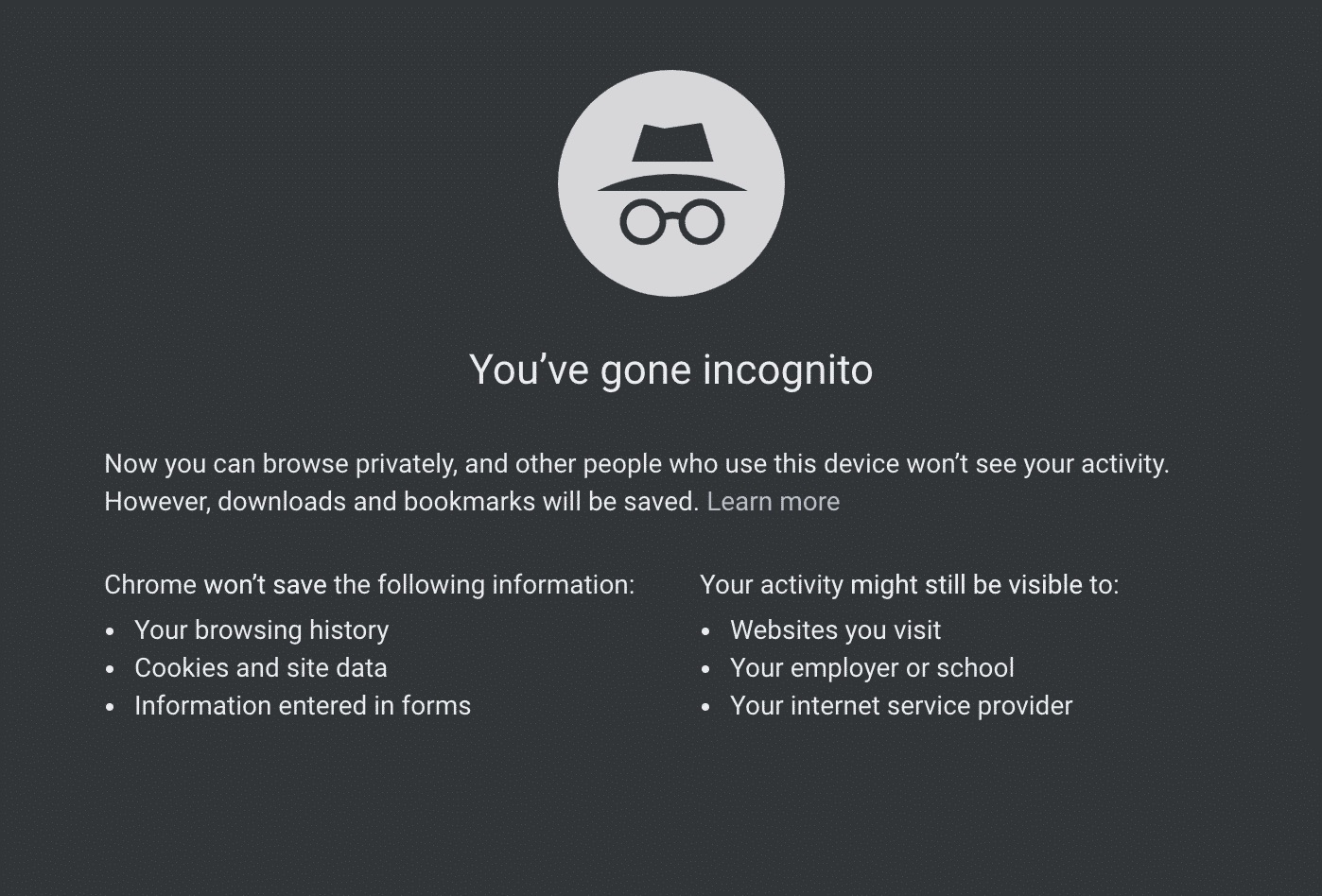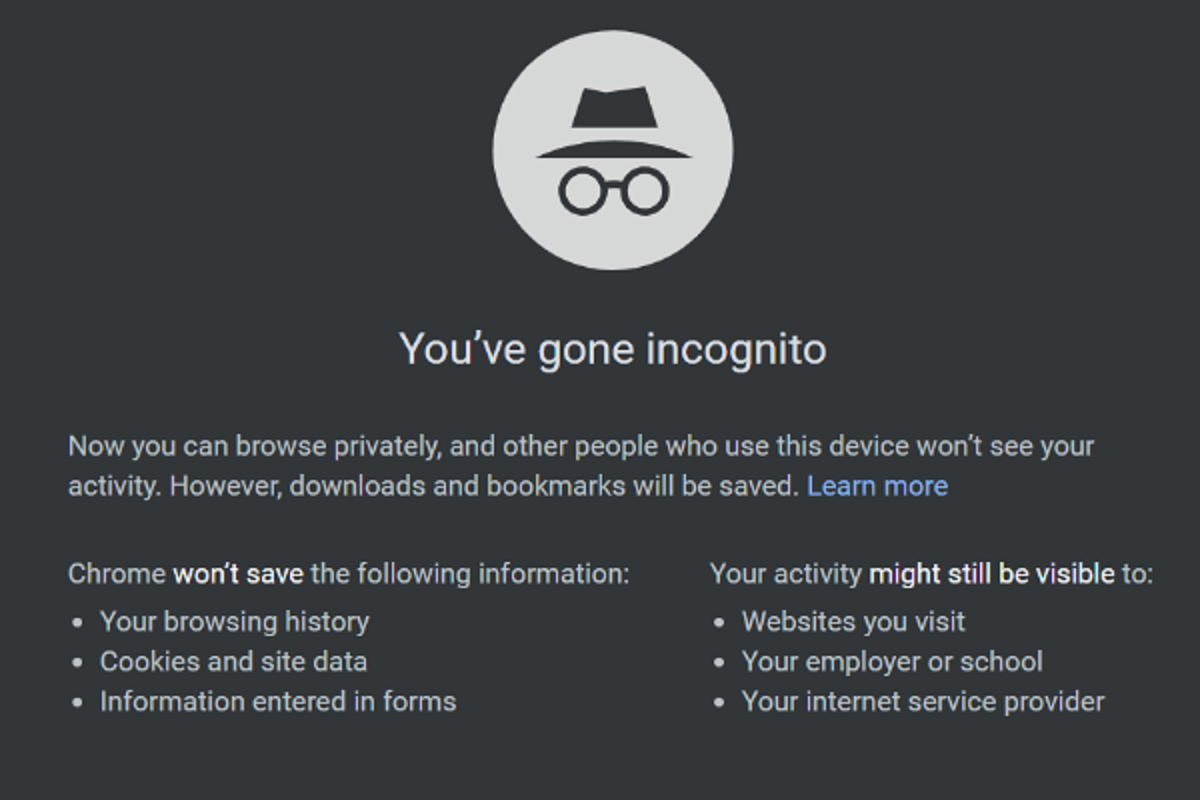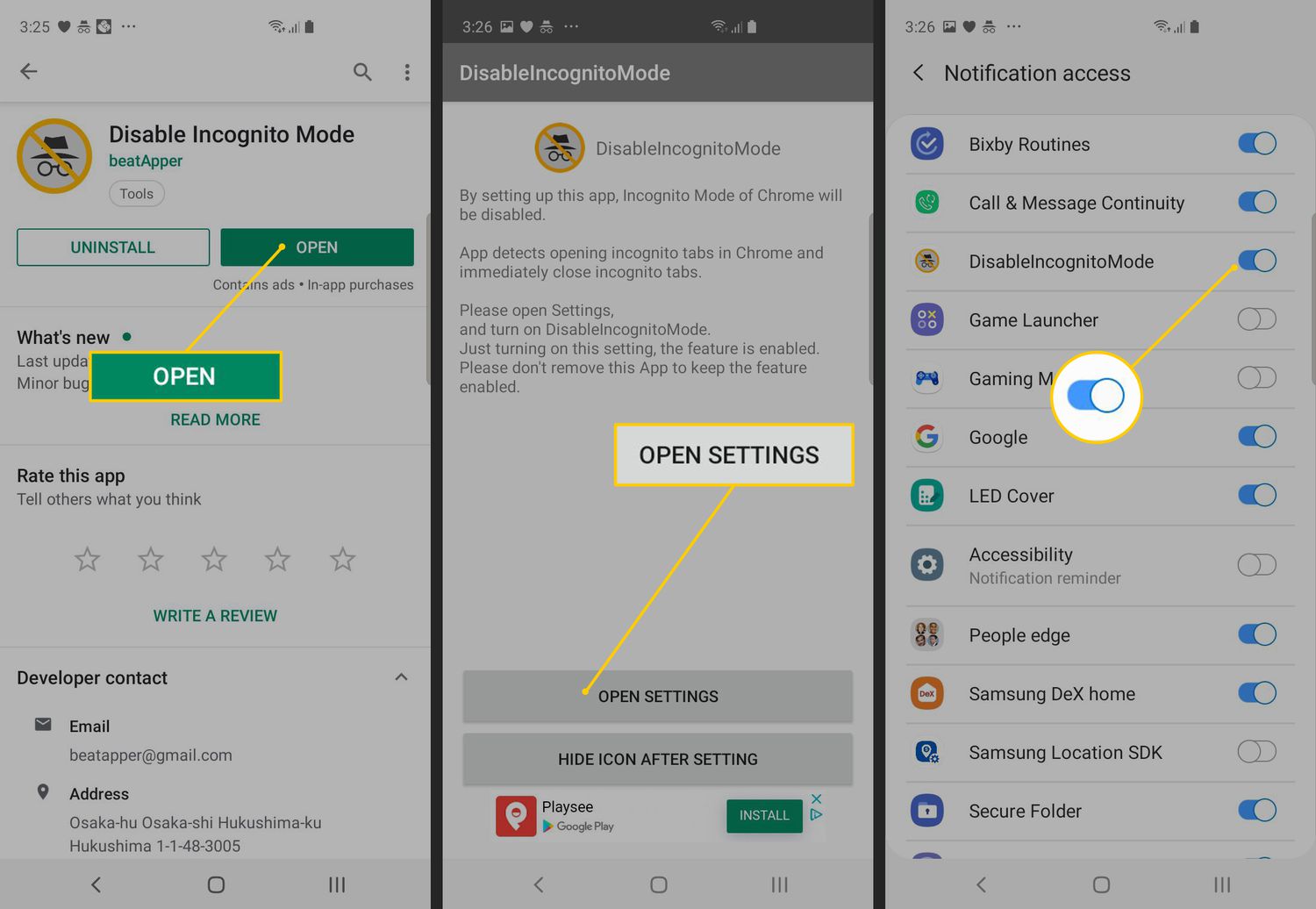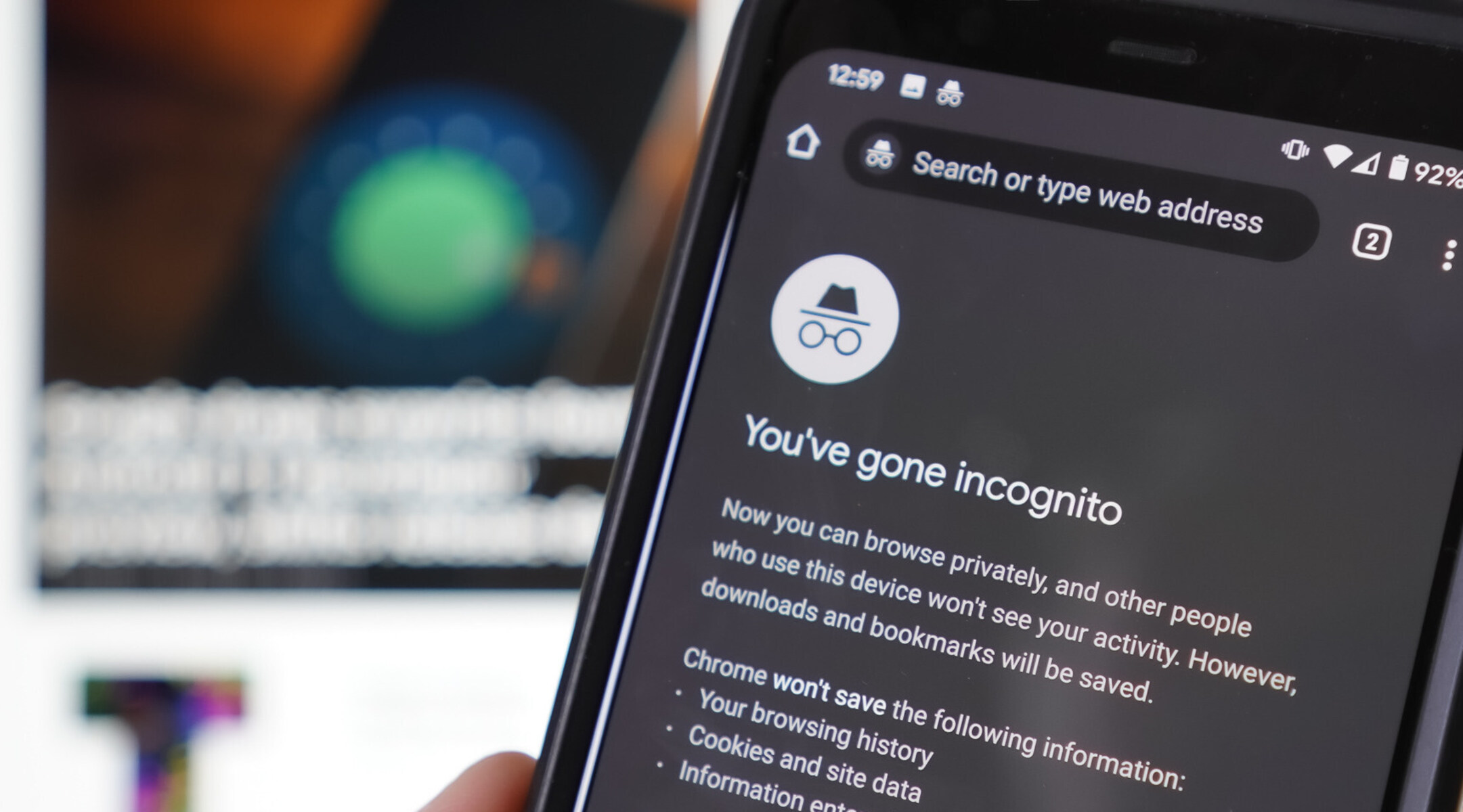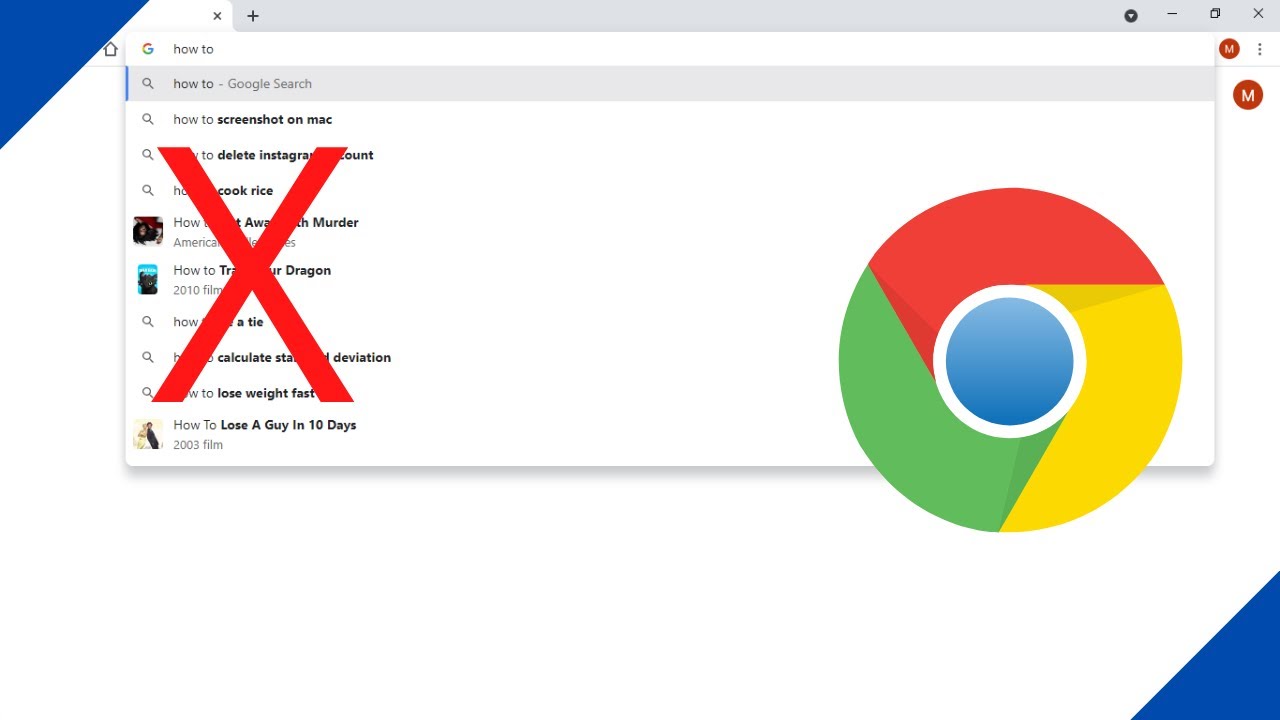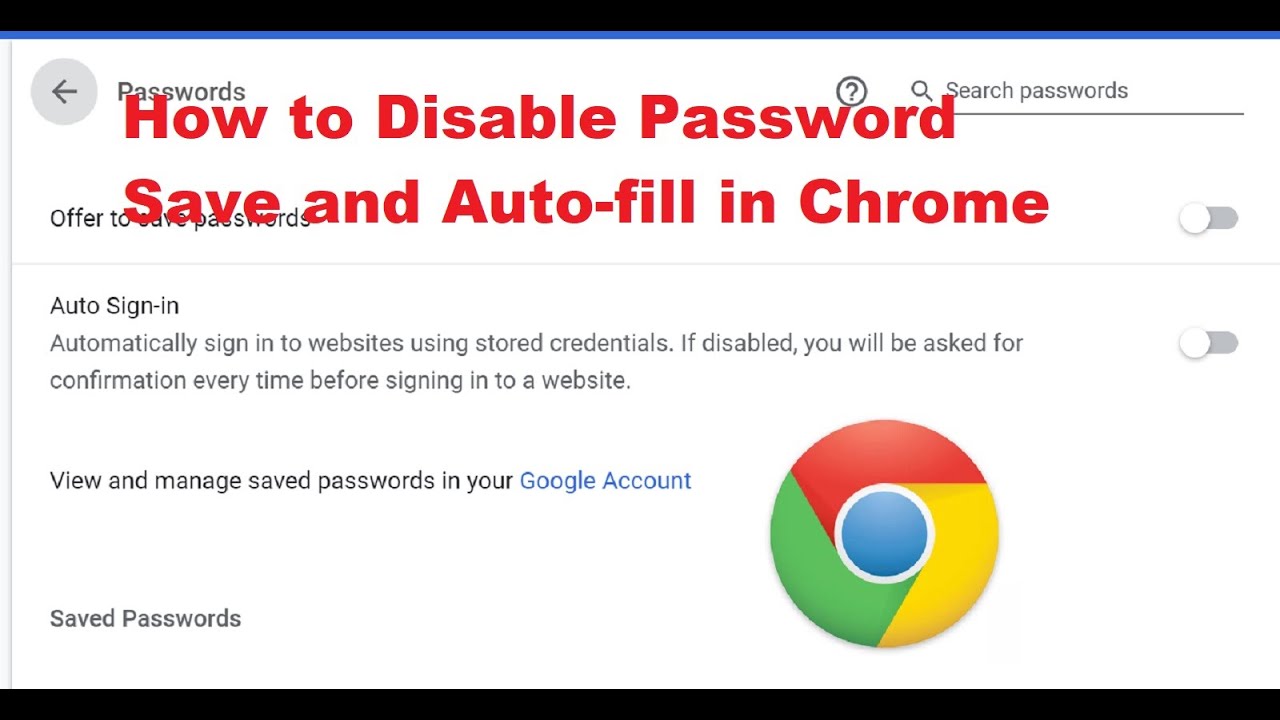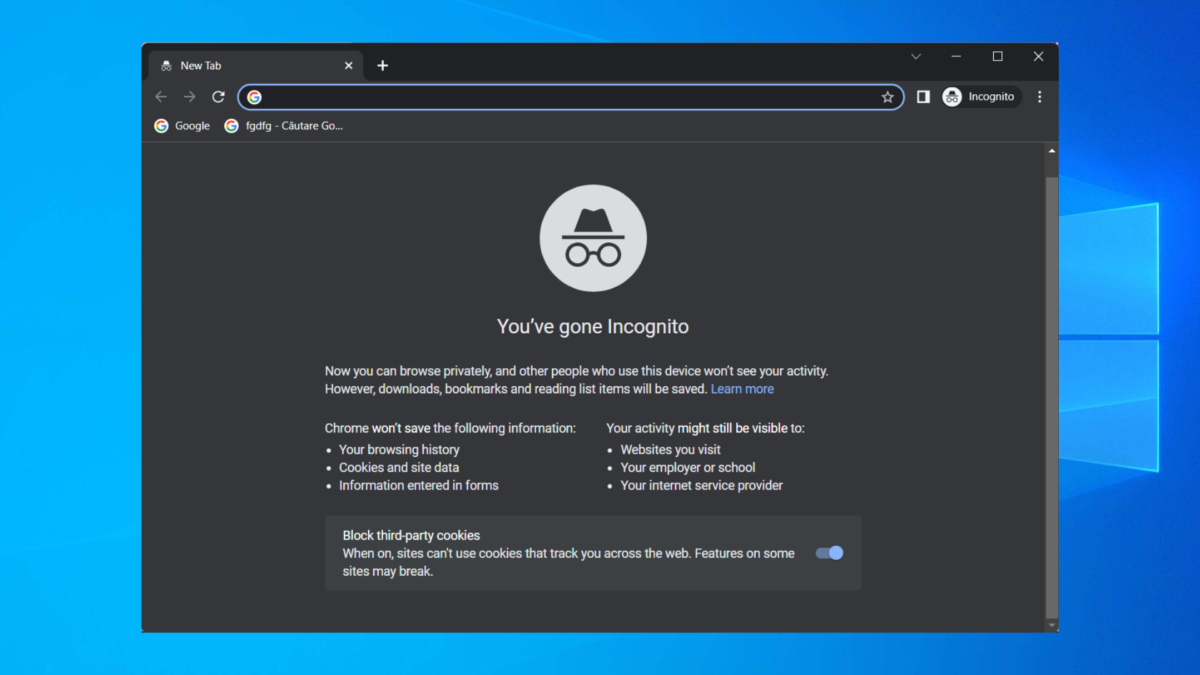Introduction
In the digital age, web browsers have become an integral part of our daily lives. They serve as gateways to the vast expanse of the internet, allowing us to access information, connect with others, and engage in various online activities. Among the multitude of features offered by popular browsers, Google Chrome stands out for its versatile functionality and user-friendly interface. One of the notable features of Chrome is the incognito mode, which enables users to browse the web privately, without leaving a trace of their online activities on the device.
While the incognito mode offers a layer of privacy and anonymity, there are instances where individuals or organizations may seek to disable this feature. Whether it's for parental control, workplace supervision, or maintaining accountability in educational institutions, the need to restrict access to incognito mode in Chrome may arise for various reasons.
In this article, we will delve into the rationale behind disabling incognito mode and explore the methods to accomplish this task effectively. By understanding the underlying motivations and implementing the appropriate measures, users can gain better control over the browsing experience in Chrome, ensuring a safer and more regulated online environment.
Why Disable Incognito Mode?
Disabling incognito mode in Google Chrome can serve various purposes, each tailored to specific needs and concerns. Here are some compelling reasons why individuals and organizations may choose to restrict access to incognito mode:
-
Parental Control: For parents seeking to monitor and regulate their children's online activities, disabling incognito mode can be a crucial step. By preventing children from using incognito mode, parents can gain insight into their browsing habits and ensure that they are accessing age-appropriate content.
-
Workplace Supervision: In a professional setting, employers may opt to disable incognito mode to maintain oversight of employees' internet usage. This can help prevent unauthorized access to sensitive information, mitigate security risks, and promote productivity within the organization.
-
Educational Accountability: Educational institutions often implement measures to foster responsible internet usage among students. By disabling incognito mode on school devices, educators can encourage accountability and discourage inappropriate browsing behavior, thereby creating a safer and more conducive learning environment.
-
Security and Compliance: From a cybersecurity standpoint, disabling incognito mode can be a proactive measure to enhance data security and regulatory compliance. By restricting the use of incognito mode, organizations can mitigate the risk of data breaches and ensure adherence to industry-specific regulations.
-
Preventing Circumvention of Controls: In some cases, individuals may attempt to bypass content filters, parental controls, or monitoring systems by using incognito mode. Disabling this feature can help maintain the integrity of established controls and uphold the intended restrictions.
By understanding the diverse motivations behind disabling incognito mode, users can make informed decisions based on their specific requirements and concerns. Whether it's fostering a safer online environment for children, upholding workplace policies, or safeguarding sensitive data, the ability to disable incognito mode in Chrome offers a valuable tool for promoting responsible and secure browsing practices.
How to Disable Incognito Mode in Chrome
Disabling incognito mode in Google Chrome involves implementing specific configurations or utilizing third-party tools to restrict access to this privacy-oriented browsing feature. While Chrome does not provide a built-in option to disable incognito mode directly, there are alternative methods that can effectively achieve this objective. Here are several approaches to consider:
1. Group Policy Settings (Windows)
For users operating on Windows systems, the Group Policy Editor can be leveraged to disable incognito mode in Chrome. This method is particularly suitable for network administrators or individuals seeking to enforce this restriction across multiple devices within an organization. By accessing the Group Policy Editor and navigating to the Google Chrome settings, administrators can configure policies to prevent the use of incognito mode.
2. Registry Editor (Windows)
Another method applicable to Windows users involves utilizing the Registry Editor to disable incognito mode in Chrome. By making specific changes to the Windows registry, users can enforce restrictions on incognito browsing, thereby preventing unauthorized use of this feature. It is important to exercise caution when modifying the registry, as improper changes can impact system stability.
3. Chrome Extension
Utilizing a Chrome extension designed to disable incognito mode can offer a straightforward solution for individual users seeking to implement this restriction on their personal devices. Various extensions are available in the Chrome Web Store, allowing users to add an extra layer of control over their browsing experience by disabling incognito mode.
4. Third-Party Software
In some cases, third-party software or parental control tools may include the option to disable incognito mode in Chrome. These comprehensive solutions often provide a range of features for managing and monitoring internet usage, making them suitable for parental supervision, workplace administration, or educational settings.
5. Managed Chrome Browser (Enterprise)
For organizations utilizing the Managed Chrome Browser, administrators can leverage the Chrome Enterprise policy management capabilities to enforce restrictions on incognito mode. By configuring policies through the Chrome Management Console, administrators can tailor the browsing experience to align with organizational requirements and security protocols.
By exploring these methods and selecting the most suitable approach based on individual or organizational needs, users can effectively disable incognito mode in Chrome, thereby promoting a more regulated and secure browsing environment.
The ability to disable incognito mode in Chrome empowers users to align the browsing experience with specific requirements, whether it involves parental supervision, workplace governance, educational accountability, or security considerations. By implementing the appropriate measures to restrict access to incognito mode, users can foster responsible internet usage and mitigate potential risks associated with unrestricted private browsing.
Conclusion
In conclusion, the decision to disable incognito mode in Google Chrome reflects a proactive approach to addressing diverse concerns related to online privacy, security, and accountability. By understanding the underlying motivations and exploring the methods to accomplish this task effectively, users can gain better control over the browsing experience in Chrome, ensuring a safer and more regulated online environment.
The rationale behind disabling incognito mode spans across various contexts, including parental control, workplace supervision, educational accountability, security and compliance, and the prevention of circumvention of controls. Each of these motivations underscores the significance of promoting responsible and secure browsing practices, whether it involves safeguarding children from inappropriate content, upholding workplace policies, protecting sensitive data, or maintaining the integrity of established controls.
The methods to disable incognito mode in Chrome encompass a range of approaches, from leveraging Group Policy settings and the Registry Editor on Windows systems to utilizing Chrome extensions, third-party software, and the Chrome Enterprise policy management capabilities for organizational settings. Each method offers a tailored solution to address specific needs, empowering users to align the browsing experience with their individual or organizational requirements.
By implementing the appropriate measures to restrict access to incognito mode, users can foster responsible internet usage, mitigate potential risks associated with unrestricted private browsing, and uphold the intended restrictions. Whether it's for parental supervision at home, workplace governance in professional settings, educational accountability in schools, or ensuring compliance with industry-specific regulations, the ability to disable incognito mode in Chrome serves as a valuable tool for promoting a safer and more regulated online environment.
Ultimately, the decision to disable incognito mode in Google Chrome reflects a proactive stance in shaping the digital landscape, emphasizing the importance of informed choices, responsible usage, and the preservation of privacy and security in the online realm. By embracing these principles and leveraging the available methods to disable incognito mode, users can contribute to a more conscientious and secure browsing environment, aligning with their specific needs and concerns.







